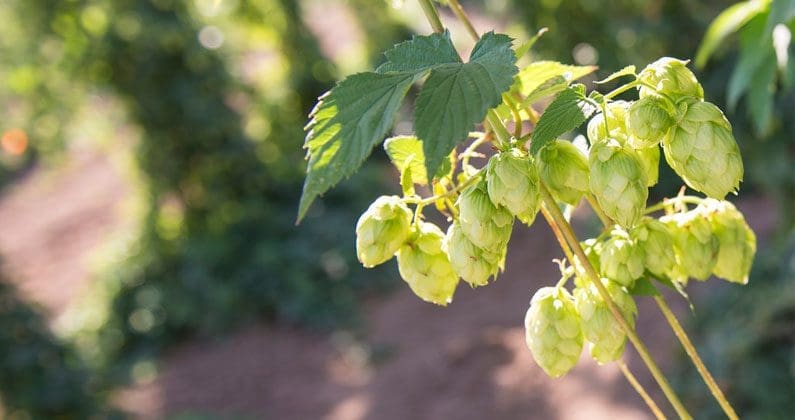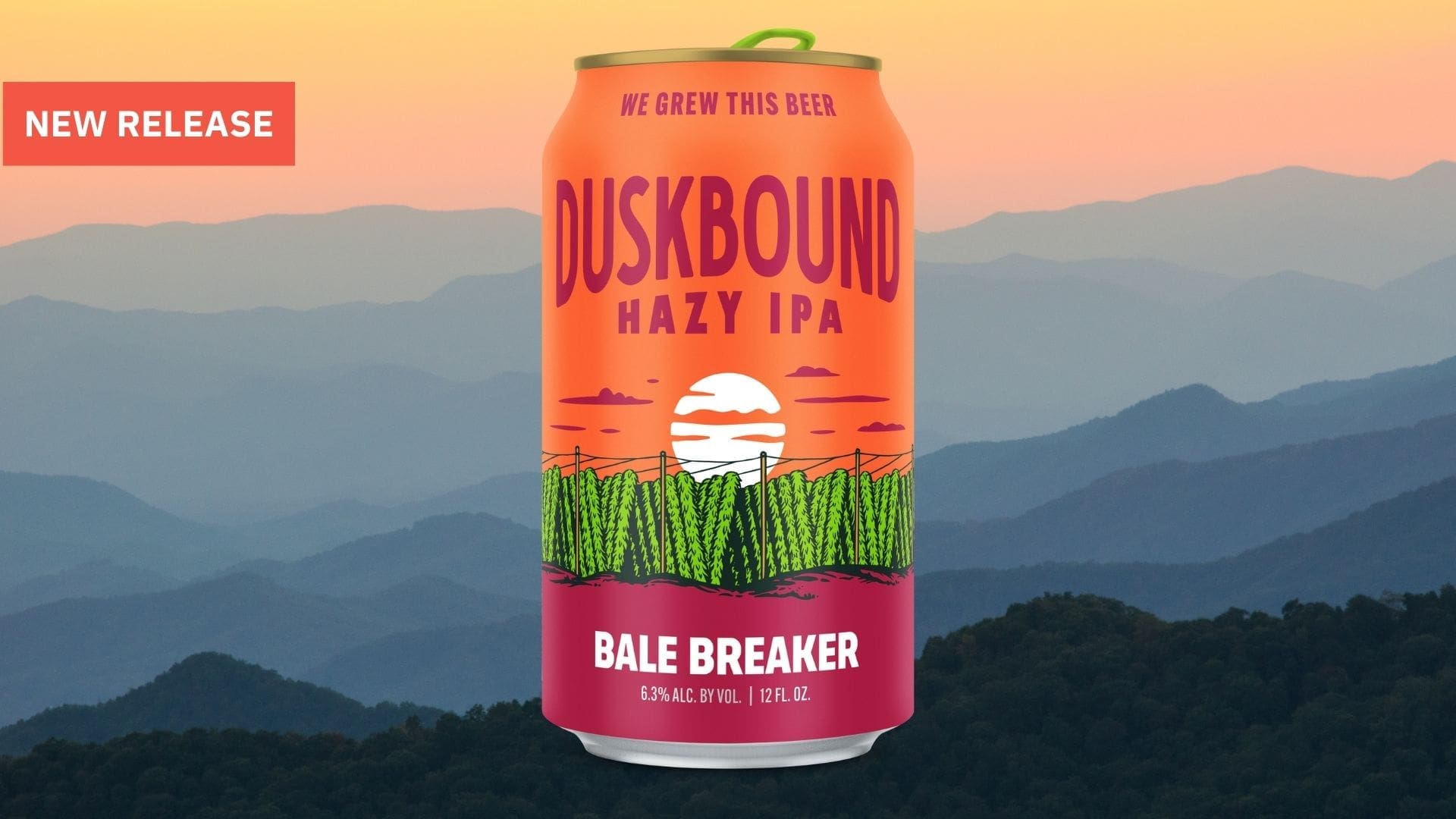Around mid-to-late February, I feel early signs of spring fever. The sun teases the Yakima Valley where I live, and my longing for warmer days becomes desperate. I anticipate revival, much-needed Vitamin D, and most of all, the hop-growing season.
In fact, right now, hop farmers across the Northwest are digging up more hop rhizomes — a root cut from the main root system of a mature female plant — in preparation of replanting in the early spring after the threat of frost passes. More Northwesterners are interested in growing hops at home, and the time to start planning is now.
Growing your own hops can add unique character to your homebrew. But if you’re not looking to homebrew anytime soon, hop plants can beautifully accent your outdoor space enough to make any beer lover swoon. And it doesn’t hurt that most of our region lies in a nice, fertile pocket resting between 35° and 55° latitude north, hosting climates where hops thrive best.
Since rhizomes are growing in popularity, they’re easier to find. A good place to start is your local homebrew store, or inquire brewery that grows hops on location. Several online retailers carry ready-to-ship rhizomes from Northwest farms with quick shipping. Once you’ve selected your desired varieties, it’s time to get started.
Depending where you are, it’s best to plant in the early spring and no later than May. Find a location with plenty of sunlight — preferably a space with as much southern exposure as possible. Growing in a location with only partial sunlight works fine, though it may result in smaller cones.
Next, find a space or use a large pot or basin with light, loamy soil that drains well, with organic fertilizer or nutrient if needed. Hops need a lot of water in their first year, but not too much that the rhizome rots. If possible, a drip irrigation system works best.
Plant rhizomes of a single variety up to three feet away from each other. If you have more than one variety and don’t want them to tangle, plant the rhizomes at least five feet apart.
Dig six to 12 inches deep into the soil and plant so that the buds on the rhizome grow upwards, whether they are sprouting horizontally or vertically from the rhizome. Cover with one inch of soil and crack open a beer for a job well done.
Hops like to climb clockwise, so it’s best to use a support system to encourage vertical growth. This can be a fence, durable twine or a DIY framework, like a trellis. Once they emerge from the soil, you may need to assist them initially by wrapping them clockwise around their support.
Next, sit back and marvel. Hops can actively grow anywhere from six to 12 inches per day in their ideal conditions.
Though it may require more time and attention than expected, worry not. Rest assured, little cones will flower off the bine soon enough, and the yield will increase as your plant matures over the years.
Whether you decide to harvest the cones for your next IPA or show them off at your next outdoor gathering, hops are a worthy plant to invest time and plenty of love for this spring.















